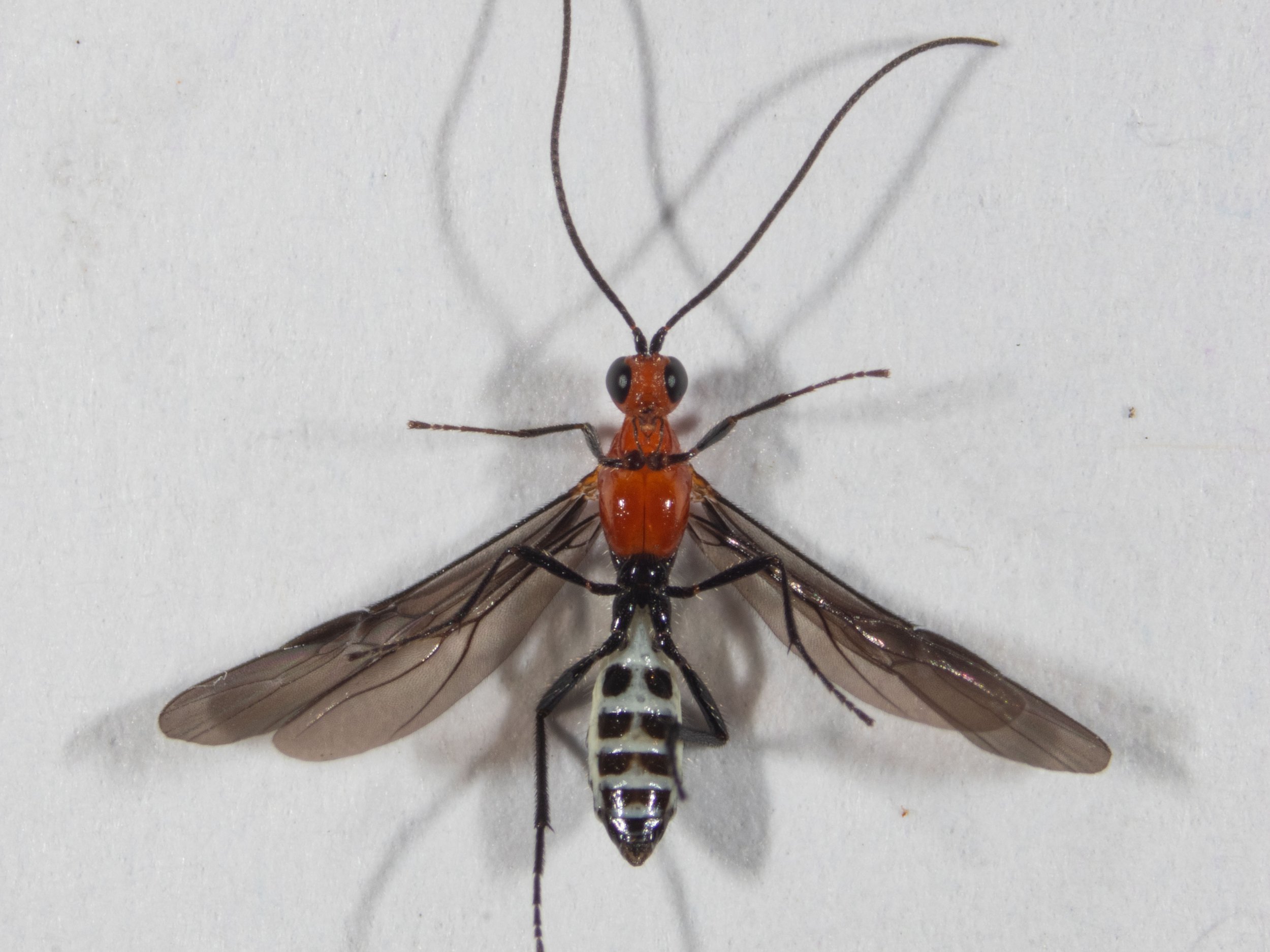male Braconinae 2309Q

Workbook (unpublished)
2309Q
Collected to compare to Vipiellus … but as it’s a male, I doubt I will be able to identify it. Quicke & Ingram’s key (1993) relates only to females. However, I note that for new species (ie where they have discussed males), they tend to be very similar … so perhaps I can narrow down the likely candidates.
Key steps:
1; 32 (scape cylindrical, ventrally as long as dorsally, laterally emarginate); 39 (although CU1b does appear somewhat thickened … 2-1A nearly straight); 42 (scape not petiolate); 43 (claws simple); 45 (1-SR+M curved posteriorly; XXX (ovipositer couplet) …
…. try 46 … not Paranesaulax (PNG & FNQ only) … nor Rostraulax, for similar reason (tropical rainforests)
… try 47 … ?? ovipositor again, so:
just 4 options anyway:
Vipiellus … looks a candidate, although r-m to 3-SR ratio a bit different (reimage wing, and ensure it is flat. Also, need good image of dorsal tergites, esp 1-3. This would also fit as I know females currently flying here.
Iphiaulax
Campyloneurus … perhaps! T2 is strongly sculptured (see Fig 62)
Callibracon … perhaps. Metasoma is long. Check dimensions of T3 (although this might vary significantly between sexes). Mostly, check sculpturing of T2.
Vein 3-SR 2.3 times length of r-m (although I need to re-image and ensure wing is completely flat)


















